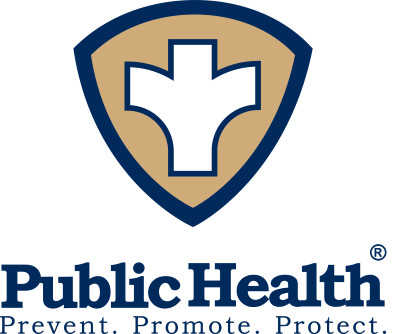In the final step of Brief Tobacco Intervention, you can Refer tobacco users who are interested in quitting to Illinois Tobacco Quitline resources.
To refer an individual to the Quitline, you will need to complete a Tobacco Treatment Enrollment Form with your patient, client, or employee’s information and email the form to referral@helpline.lung.org or fax to 1-855-784-8329. Once an organization is registered as an Illinois Tobacco Quitline Referral Partner, it will receive organization-specific Tobacco Treatment Enrollment Forms in English and Spanish from the Quitline to use when making referrals.
How does the referral process work?
- A Referral Partner submits a Tobacco Treatment Enrollment Form to the Quitline.
- The enrolled individual will receive a call from a certified Quitline counselor during the preferred timeframe specified on their Enrollment Form.
- During the initial call, the Quitline counselor will gather information about the individual’s tobacco history and related health, work with the individual to create a personalized quit plan, schedule one-on-one counseling calls, and conduct a nicotine replacement therapy (NRT) assessment. The caller will also have the option to enroll in an 8-week motivational text message program, which is available in English and Spanish.
- During scheduled one-on-one calls, individuals will have the opportunity to check in with their counselor about their quit plan progress, discuss what is or is not working, and get expert help to overcome any challenges or concerns.
- Outside of scheduled one-on-one calls, individuals may call the Quitline for additional support. The Quitline is available Monday through Friday from 7am – 9pm and Saturday & Sunday from 9am – 5pm.
How can using the Illinois Tobacco Quitline benefit your patient, client, or employee? 1https://quityes.org/free-services
Certified Quitline Counselors
Certified Quitline counselors are ready to help individuals find the right strategy to successfully quit.
Quitline counselors will work to understand an individual’s unique obstacles to quitting, including past experiences and quit attempts. Throughout calls, counselors will work with individuals to provide education and support topics such as:
- Preparing for quit day
- Coping strategies to manage stress
- Handling physical addiction
- Pivoting after slip-ups
- Identifying behavior patterns and tobacco triggers
- Developing a new self-image
- Suggesting lifestyle changes that may make quitting easier
- Addressing concerns about the process
Personalized Quit Plan
Starting on the first call, counselors will help individuals develop a personalized quit plan.
Counselors understand the roadblocks and difficulties that individuals may face while quitting. The individual and counselor will work together to:
- Choose a quit date that fits the needs and goals of the individual
- Identify and handle potential triggers
- Prepare for cravings and withdrawal symptoms – whether through nicotine replacement therapy or other distraction methods
Nicotine Replacement Therapy
Up to 8 weeks of free nicotine replacement therapy are available twice in a 12-month period for those who are eligible.
Nicotine replacement therapy (NRT) reduces the physical withdrawal symptoms and cravings that many people indicate is their only reason for not giving up tobacco. Using NRT is not a requirement to quit tobacco or to use the Quitline, but studies suggest that the use of NRT can nearly double an individual’s chances of quitting successfully. 2https://www.cancer.org/cancer/risk-prevention/tobacco/guide-quitting-smoking/nicotine-replacement-therapy.html#:~:text=Nicotine%20replacement%20therapy%20(NRT)%20gives,(emotional)%20aspects%20of%20quitting
Types of FDA-approved NRT available through the Quitline include:
- Patches
- Nicotine gum
- Lozenges
Please note that the Quitline cannot write prescriptions.
Once you make a referral, it is important to follow up with your patient, client, or employee and let them know that you are there to support them. If they are not ready to quit at this time, make it clear to them that you will be there to help them when they are ready.
